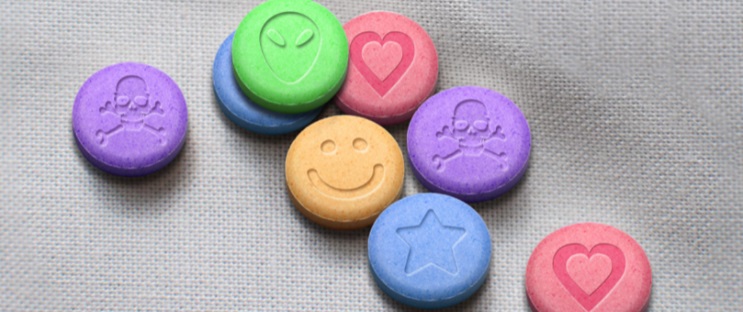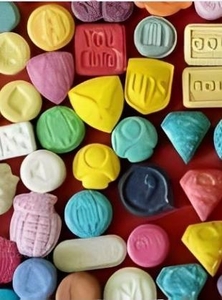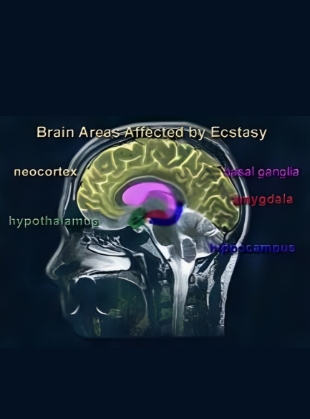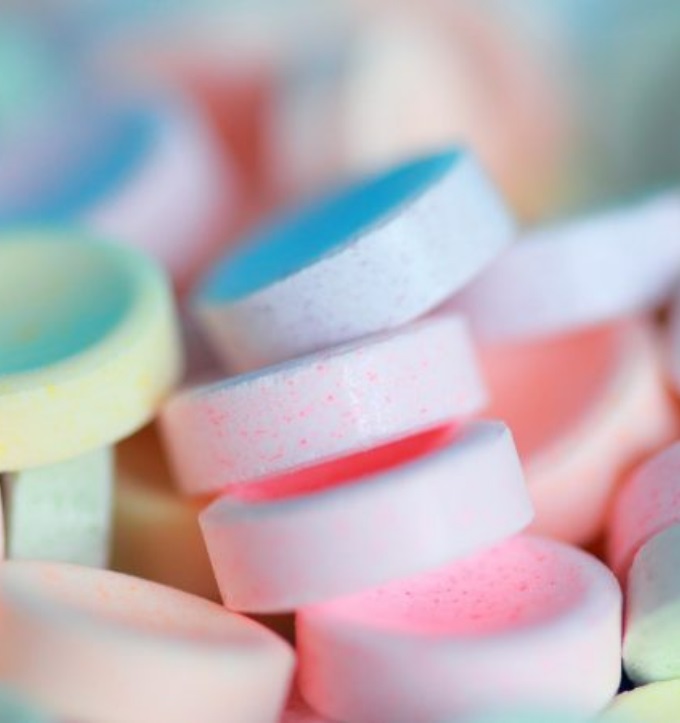Our greatest glory is not in never failing, but in rising up every time we fail.
Ralph Waldo Emerson


Among people aged 12 or older, 0.8% (or about 2.2 million people) reported using Ecstasy in the past 12 months. (2021 Survey).
An estimated 0.6% of 8th graders, 0.7% of 10th graders, and 1.4% of 12th graders reported using Ecstasy in the past 12 months. (2022 Survey)

Ecstasy, or MDMA, was patented in 1913 by the German chemical company Merck to be sold as a diet pill. However, the company decided against marketing the drug and had nothing more to do with it because of its multiple side effects.
In the United States during the 1970s, some psychiatrists began using MDMA as a psychotherapeutic tool, despite the fact that the drug had never undergone formal clinical trials nor received approval from the U.S.
Ecstasy, or methylenedioxymethamphetamine (MDMA), is a synthetic drug made in a laboratory. The makers of ecstasy can, and often do, add other drugs to the pill as filler since it is illegal and not regulated. Due to this fact, they oftentimes add in harmful ingredients to reduce costs. Some common additions are: bath salts, amphetamine, cocaine, ephedrine, ketamine, and heroin.
NYU’s Center for Health, Identity, Behavior, and Prevention Studies describes the high from MDMA as follows:
“The initial effects of MDMA include heightened sensitivity (physical and emotional) .. the peak of an ecstasy high is associated with an intense emotional state where the user feels an overwhelming sense of empathy and a desire to engage in intimate conversations with friends or family.”
Often ecstasy contains speed or other stimulants, which can mask exhaustion or other physical needs, like thirst and hunger. This makes the comedown from ecstasy feel more intense and like a huge zap in energy. Studies on MDMA’s effects have reported stronger effects in females as compared to males.
Short Term Effects
Long Term Effects






MDMA affects the brain by increasing the activity of at least three neurotransmitters - serotonin, dopamine, and norepinephrine. Normally these chemicals are re-absorbed by the brain after they have done their job; however, MDMA impedes this process allowing these chemicals to accumulate in the brain, which causes the high.
However, the large surge of serotonin causes the brain to be significantly depleted of the “happy feeling” neurotransmitter, contributing to the negative after-effects often experienced for several days after taking MDMA.

According to the Drug Enforcement Agency, MDMA is a Schedule I illicit drug. Sentencing always varies, but generally:
Getting caught for the first time with a small amount for personal use results in a penalty of up to a year in jail and up to a $100,000 fine.
Getting caught for the second time with a similar offense of small amounts results in a minimum of 15 days and a maximum of two years in jail.
The third time results in prison sentence of 90 days to three years.
